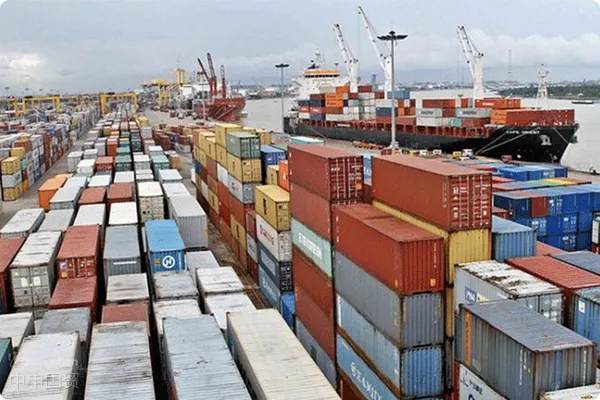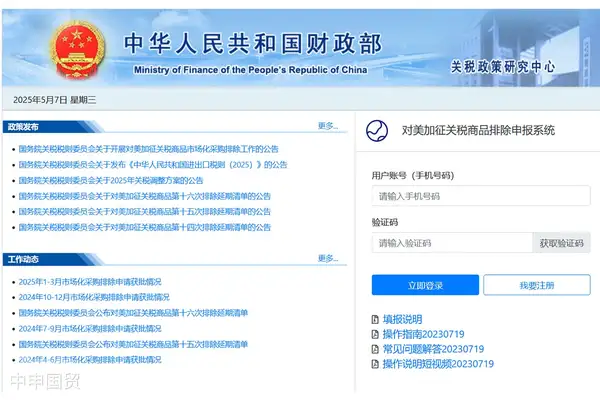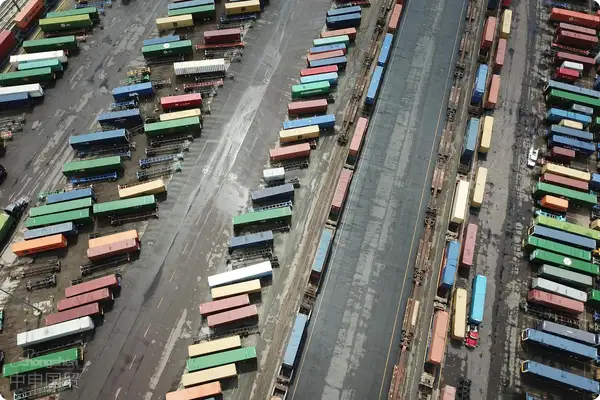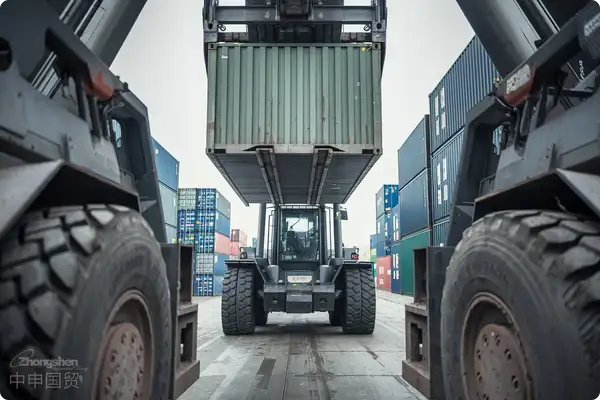- Shanghai Zhongshen International Trade Co., Ltd. - Two decades of trade agency expertise.
- Service Hotline: 139 1787 2118

Emerging 2025equipment. For example, Indonesia has the SNI certification, Thailand has the TISI certification, and the Philippines has the BPS certification. It is necessary to confirm in advance the equipment voltage (such as 380V/50Hz in Thailand), the compatibility of the CE certification, and the proof of environmentally friendly materials.New market trends
With Chinas accelerated process of joining the CPTPP, the import volume of smart medical devices, semiconductor manufacturing equipment,New energyand testing instruments is expected to increase by 37% in 2025. Such equipment generally features sensitive technical parameters, complex safety certifications, and difficulties in origin determination. A biotech company recently faced a 28-day customs clearance delay due to HS code misclassification when importing a gene sequencer, resulting in direct losses exceeding 2 million yuan.
Three Core Challenges of Technical Customs Declaration
- Dual Determination of Equipment Attributes:
- A 3D printing device involves classification disputes between 8524 (printing equipment) and 8477 (additive manufacturing equipment)
- The 2025 edition of the Mechanical and Electrical Products Import Management Measures adds new control clauses for nano-level processing equipment
- Technical Document Compliance Barriers:
- Insufficient alignment between EU CE certification and domestic GB standards
- Increasingly strict scrutiny of the completeness of equipment software copyright documentation
- Application of Tariff Preference Policies:
- Dynamic adjustment mechanism for the catalog of major technical equipment imports
- Cross-application challenges of RCEP and USMCA origin rules
The value realization path of professional agency services
When a semiconductor company imported a lithography machine, a professional agency company improved clearance efficiency through the following steps:
- Pre-classification Diagnosis:Establishing a technical parameter database for the equipment six months in advance, matching the General Administration of Customs classification guidelines
- Risk Mitigation Plan:Designing a dual customs declaration plan for equipment software modules to reduce inspection probability for AEO-certified companies
- Technical Document Optimization:Restructuring EU technical documentation to comply with Chinese customs electromechanical review specifications
2025 Agency Service Capability Evaluation System
- Core Competency Indicators:
- Completeness of special equipment clearance case database (recommended ≥200 practical cases)
- Success rate of local customs pre-ruling applications (industry average 82% vs. premium agencies 95%)
- Service Response Standards:
- Technical parameter pre-review feedback time ≤ 2 working days
- Emergency inspection response team with 24-hour availability
Industry outlook: New dimensions in technology trade compliance
Customs General Administration will implement in 2025Intelligent equipment import full lifecycle supervision system, requiring declaration data to include equipment usage tracking modules. An industrial robot import case shows that professional agency companies helped clients achieve 40% customs clearance efficiency improvement and 18% annual compliance cost reduction by deploying IoT monitoring devices.
Related Recommendations
? 2025. All Rights Reserved. Shanghai ICP No. 2023007705-2  PSB Record: Shanghai No.31011502009912
PSB Record: Shanghai No.31011502009912










